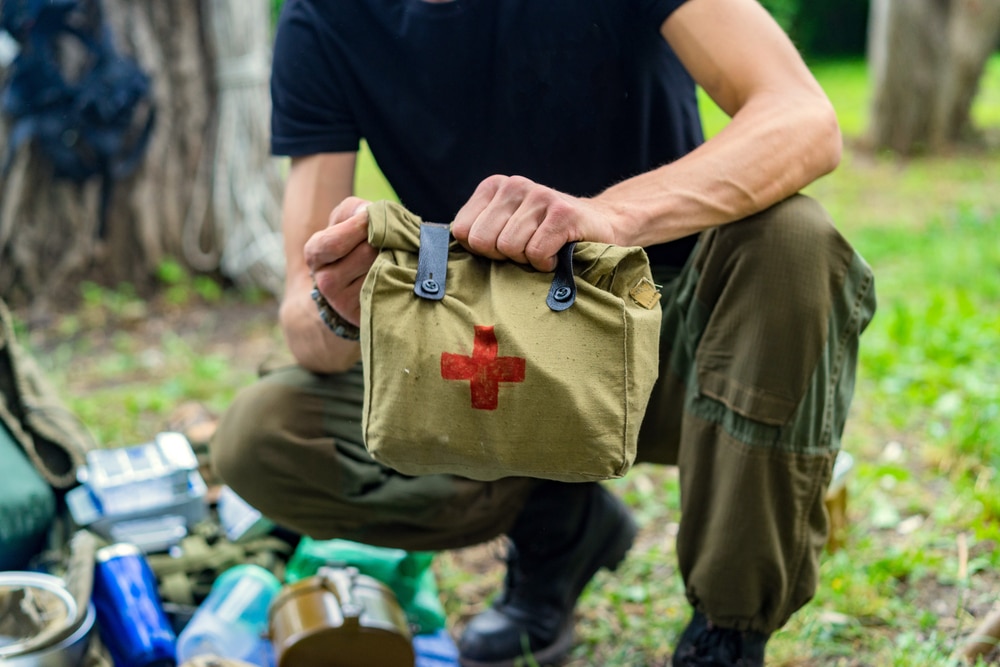In moments of crisis, knowing how to act effectively can be the dividing line between relief and tragedy. First aid, the initial assistance given to a victim of injury or illness, involves simple yet vital procedures that can sometimes mean the difference between life and death. The significance of first aid extends beyond saving lives; it also aids in reducing pain and the severity of an injury during an emergency. Unfortunately, many don’t have the training to perform these critical skills.
Let’s work to bridge that gap with an easy-to-understand guide on the 7 Steps of First Aid. Whether you’re a concerned parent, an adventurous traveler, or someone who wants to be prepared for emergencies, this guide will equip you with the basic knowledge and confidence needed to take action in critical situations.
Step 1: Ensure Safety
Ensuring safety is the first and foremost first aid step, as it is crucial to make sure that both the first aider and the person in need are not put into further danger. Remember, your safety is paramount. You will not be able to help someone else if you become injured or incapacitated. Always be mindful of the risks and act wisely.
Step 2: Call for Help
Knowing when to call 911 is crucial during a first-aid situation. Certain conditions and incidents are time-sensitive and require immediate professional medical intervention. When calling emergency services, try to stay calm and provide clear information about the location, the condition of the injured person, and any other relevant details. Also, follow any instructions given by the emergency dispatcher.
Step 3: Assess the Situation
Evaluating the injured person’s condition is a critical step in first aid, as it helps determine the appropriate actions to take. Remember, while evaluating an injured person’s condition, it’s crucial to stay calm and focused. If you are uncertain of what to do, it’s best to wait for professional help while ensuring that the person is safe and as comfortable as possible.
Step 4: Provide Basic First Aid Procedures if Necessary
If you have taken a first-aid training course, you have learned at least 10 basic first-aid procedures. These may include techniques to address
- CPR
- AED
- Choking (Heimlich Maneuver)
- First Aid Basics
- Medical Emergencies
- Trauma
- Bleeding
- Amputations
- Poisoning
- Environmental
This is the time to use what you know.
Step 5: Provide Comfort and Reassurance
Providing comfort and reassurance is a vital component of first aid that often gets overlooked. A calm and supportive presence can help reduce an injured person’s anxiety and pain levels, and can also make them more cooperative during the treatment process.
Step 6: Handover to Professional Medical Help
Handing over to professional medical help is a critical final step in first aid. When emergency services arrive, it’s essential to communicate effectively to ensure that the injured person receives the best possible care.
The Most Important Step
The most important of our 7 steps of first aid actually comes first–because without it, you may be less prepared to help in an emergency. That step is to complete a first aid training course.
Take this crucial step today!
Learn more and enroll for Online CPR/AED/First Aid Training Classes

